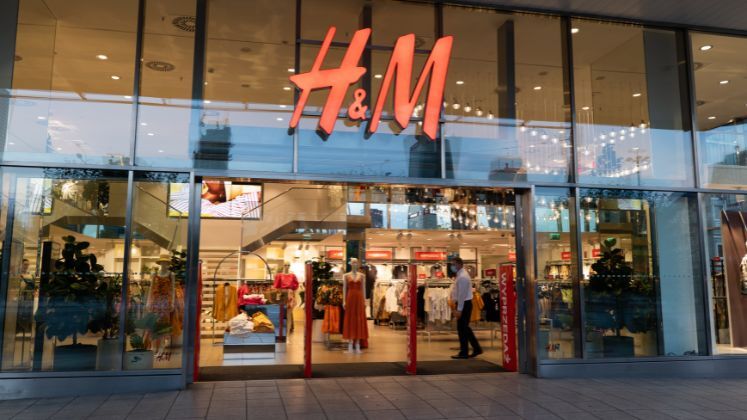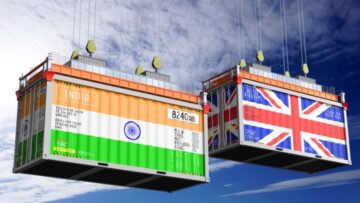
H&M is doubling down on price stability in the US as low-cost competitors such as Zara and SHEIN raise prices in the face of increasing tariffs, seeking to leverage market volatility into a strategic benefit. The industry, which has for years been reliant on cheap imports from Asia, is now contending with changing trade policies that are disrupting international sourcing strategies.
With approximately 500 stores in the US—its second-largest market behind Germany, accounting for 13% of global sales in 2024—H&M is faced with having to protect both market share and margins. Executives throughout the retail industry are paying more and more attention to when they will raise prices, carefully observing who will be the first to do so in an era of increasing costs.
Although price-fixing might squeeze profit margins, it also provides H&M with an opportunity to attract budget-conscious consumers. Alexander Siljestrom, Pareto Securities analyst said that they will eventually increase US prices, but probably less aggressively than their competitors. He added that diverting production from high-tariff nations such as China to Bangladesh and other low-cost markets is softening the blow.
Recent price data from price analytics company Edited reinforces the difference. Zara’s average US prices increased 28% year-over-year in categories such as jeans, shirts, and dresses, while H&M’s prices declined 3%. Zara also increased prices incrementally from January through June, while H&M mostly held steady—despite warnings from its CFO earlier this year that price increases would be in the cards.
At the same time, SHEIN—whose direct-to-consumer business is supported by Chinese factories in a big way—has also increased prices and slowed customer growth since the expiration of the ‘de minimis’ duty exemption for low-value shipments.
CEO Daniel Erver recognised the disruption brought about by changing tariff structures, citing that the company is already anticipating a set of potential scenarios. He said that the challenge now is reading American consumer sentiment, which has evidently weakened in all this uncertainty, and that, coupled with the fact that some competitors have to raise prices, provides an opportunity.
To gain agility and speed in its supply chain, H&M has spent the last year and a half streamlining its supplier network, concentrating orders among larger partners with operations in multiple countries. Erver said that they assess each order based on craftsmanship, cost, skill availability and geopolitical factors, which has pushed them, in some cases, to shift sourcing to new markets.
The firm is also keeping its supply network running under capacity so it can scale up swiftly during spikes in demand. Through its ‘nearshoring’ initiative to source near core markets, H&M will expand its supplier base in Turkey, Jordan, Egypt, and Morocco to supply Europe. It will also onboard partners in Brazil before it retails there later this year.
With geopolitical headwinds strengthening and consumer mood uncertain, H&M’s strategy is a risk-calculated bet: take near-term cost pressure in anticipation of long-term market share gains.






